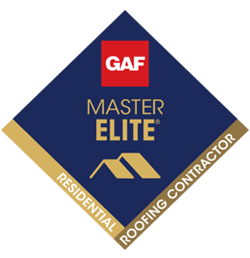A step by step guide to understanding the insurance claims process
In Georgia, powerful storms often bring significant property damage, including from wind, hail, fire, lightning, or water. Navigating the claims process can seem overwhelming, but understanding the necessary steps and required documents can help ease anxiety and clarify what to expect during each phase.
Initial Steps After a Storm
As soon as it is safe, document and photograph any damage. This includes:
- Downed trees, interior water leaks, shingles in your yard or damage to fences or patio furniture
If you see hail outside, take a video as further proof.
Keep copies of your insurance policy, any previous claim documents, and records of prior repairs. The adjuster assigned to your claim will need this information.
Filing the Claim
Once your claim is filed, your insurance company will assign an adjuster to review the damage. The adjuster will schedule an inspection to assess the situation. It is beneficial to have your contractor or public adjuster present during this inspection to ensure everyone agrees on the extent of the damage.
Beware of Unscrupulous Contractors
After major storms, some contractors may come from out of state, offering extremely low prices and claiming they will cover your deductible. This is not only insurance fraud but can also lead to poor workmanship and lack of follow-up service. These contractors often leave the area once the work is completed, making it difficult to address any issues that arise later. Always research and choose reputable, local companies to avoid these problems.
Claim Approval and Payments
Not all roof claims are approved initially, and sometimes it takes several submissions (called supplements) to prove that a full roof replacement is necessary rather than a simple repair. A knowledgeable contractor or public adjuster can assist with this process.
Once your claim is approved, the insurance company will issue a check. What they issue depends on the type of policy you have:
- ACV (Actual Cash Value) Policy: The insurance company issues payment that covers the value of your property minus any depreciation due to age. You are responsible for the difference between this amount and the full replacement cost.
- RCV (Replacement Cost Value) Policy: The insurance company will issue the ACV payment, holding back depreciation like with an ACV policy. Once they receive proof of completed repairs, they then issue the depreciation payment.
Completing the Repairs
After the roof work is completed, most insurance estimates need to be supplemented. This is because additional components (required by code or the shingle manufacturer) may need to be repaired or replaced once the shingles are removed. It is common for insurance claims to take several months to finalize.
Once all payments have been released and the contractor is paid in full, request your warranty documents to ensure future coverage if repairs are needed.
Understanding these steps can help you manage the claims process more effectively and ensure your property is restored to its pre-storm condition.
Subscribe to Peachtree Roofing & Exteriors's Blog








